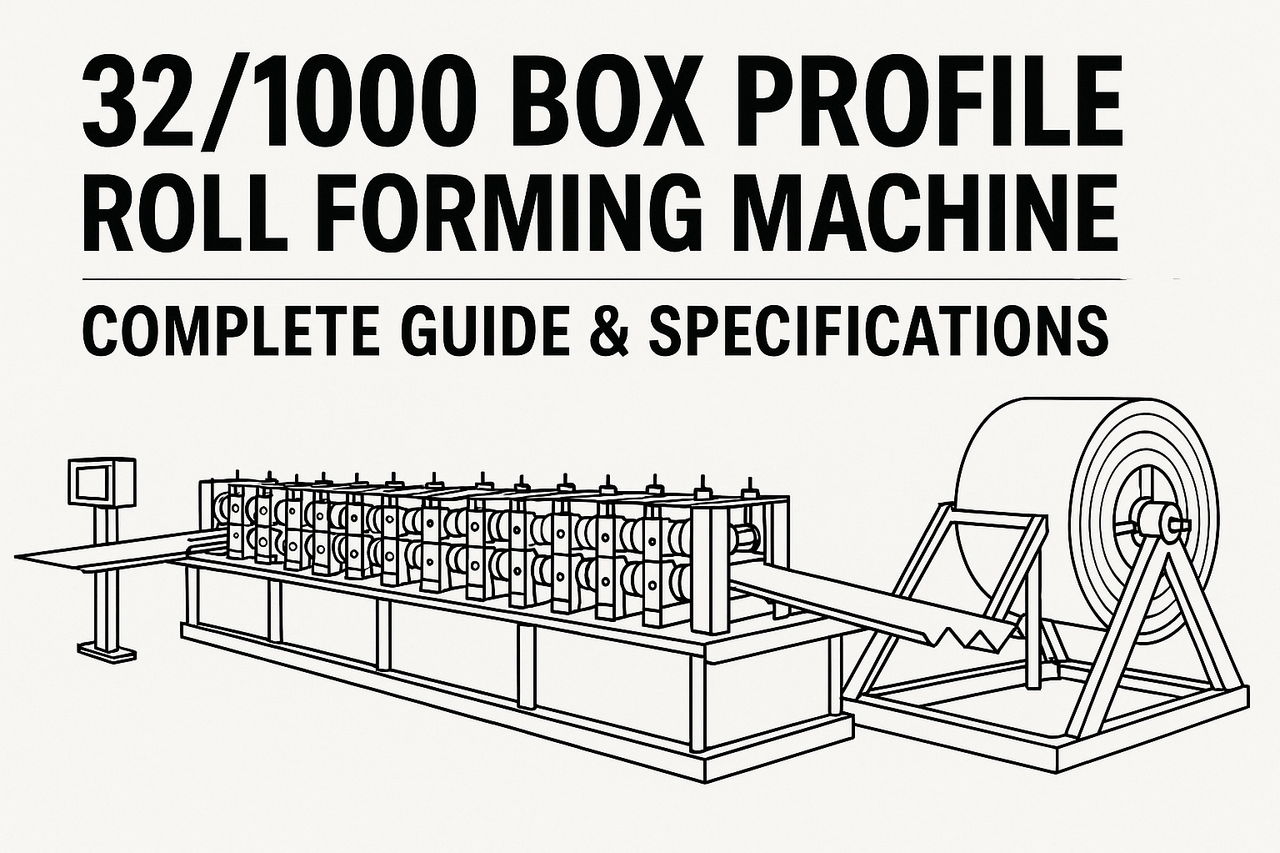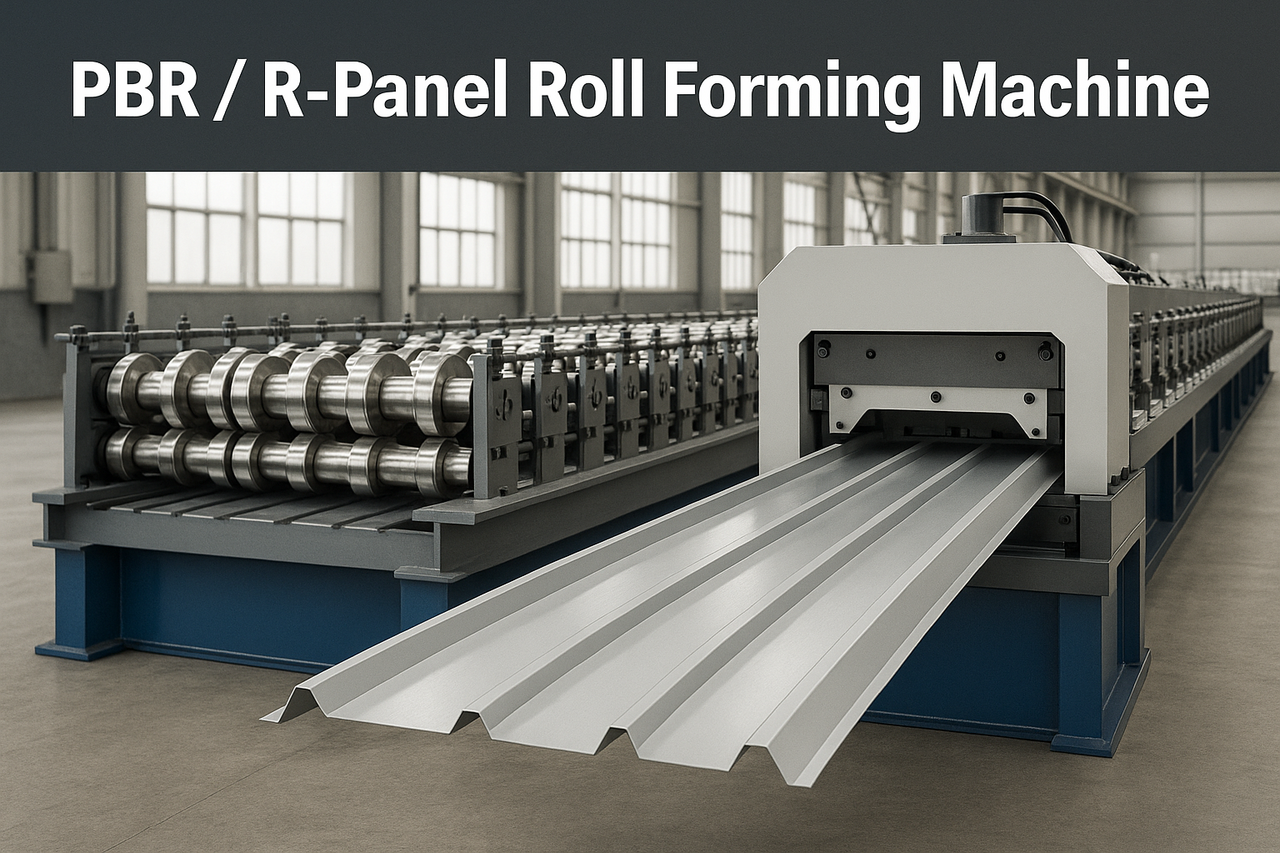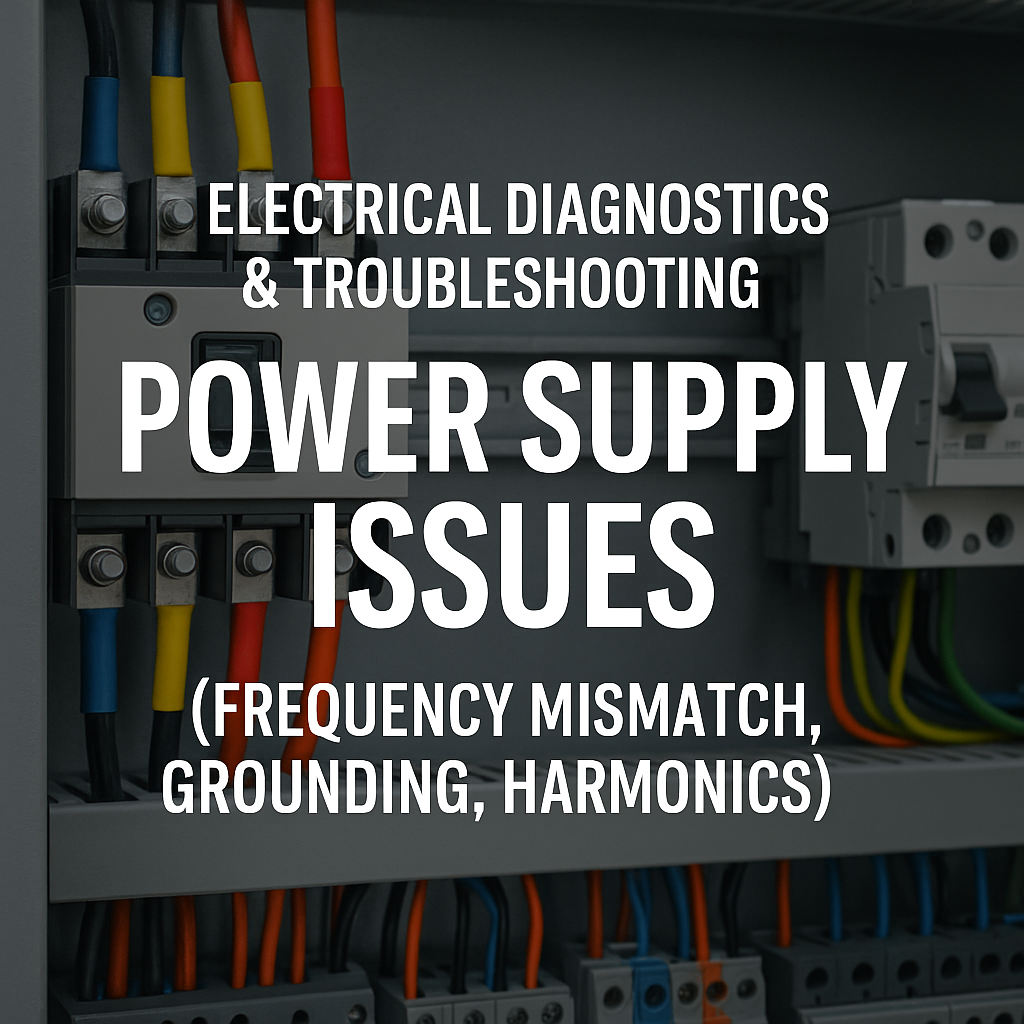
Posted on Wednesday, March 6, 2024
The T purlin roll forming machine is one of the most specialized and sought-after solutions in the structural steel industry. Designed to produce T-shaped steel purlins, this machine offers accuracy, speed, and high productivity for a wide range of industrial and construction applications. In this article, we’ll take a deep dive into the full machine specifications, profile characteristics, popular markets, machine pricing, and how Machine Matcher can help you select the right equipment.
A T purlin roll forming machine is used to manufacture structural T-shaped metal profiles from galvanized steel or other coated steel coils. These profiles are used primarily in roofing and steel framing applications where central support is needed. The roll forming process uses a series of precisely machined rollers that gradually shape the metal into its final T-profile without heating or welding.
This machine is engineered for continuous, automated production with options for punching, notching, cutting, and stacking, delivering ready-to-install profiles with minimal manual handling. With various configurations available, it can be built for specific widths, heights, and thickness ranges, depending on the buyer's application needs.
Roller Materials
The rollers are typically made of high-grade GCr15 (bearing steel), hardened and polished for long life and accuracy. In some models, Cr12Mov material is used for extra wear resistance, especially in high-volume production.
Punching and Notching Units
CNC-controlled hydraulic punching and notching stations are integrated before or during roll forming, allowing for holes, slots, or other shapes as required for assembly or structural use.
Servo Motors
Servo motors are used to drive the punching and cutting stations with high precision. They ensure accurate positioning and synchronization with the PLC system to achieve perfect alignment.
Hydraulic Cutting System
T purlin machines come with a hydraulic post-cut system using Cr12 cutting blades, ensuring clean and burr-free cuts. The hydraulic unit is robust and designed for long operational life with minimal maintenance.
Frame Size
The machine base is usually made from heavy-duty H-beam steel, fully welded and stress-relieved to prevent warping. Frame sizes typically range from 300mm to 500mm width, depending on the profile.
Motors and Drive System
Equipped with branded motors (Siemens or equivalent), the drive system uses chain or gearbox transmission for powerful and stable forming performance.
PLC System
The heart of the machine is a fully integrated PLC control system (commonly Siemens, Panasonic, or Mitsubishi) with a user-friendly touchscreen HMI. It manages profile length, punching positions, speed, cutting, and automatic stacking.
Machine Speed
Standard forming speed ranges from 15–30 meters per minute. High-speed versions can reach up to 40 m/min, depending on profile complexity and extra functions.
Safety Guards and Enclosures
All moving parts are covered with safety enclosures or plexiglass covers to prevent accidents and ensure safe operation. Emergency stop systems are also included for immediate shutdown in case of issues.
Materials Used
Galvanized steel (G90, G60)
Cold-rolled steel
Pre-painted steel
Aluminum-zinc alloy coated steel
Sizes and Dimensions
T purlins are generally produced in widths from 50mm to 300mm with heights from 30mm to 100mm. Custom sizes can be configured as per architectural requirements.
Material Thickness
Common thicknesses range from 1.2mm to 3.0mm depending on structural load requirements.
Market Size and Applications
The T purlin profile is used in commercial roofing systems, prefabricated buildings, solar panel racking structures, sheds, and steel framing. It's especially suitable in areas requiring central roof support without obstructing headroom.
Industries That Use This Profile
Construction and structural steelwork
Solar mounting system manufacturers
Agricultural buildings
Industrial warehousing
Modular buildings
The T purlin roll forming machine is most popular in:
1. Middle East (UAE, Saudi Arabia, Qatar)
Used in massive infrastructure and roofing projects due to extreme weather-resistant framing.
2. India and Southeast Asia (Vietnam, Indonesia)
High demand from fast-growing industrial, solar, and prefabricated housing sectors.
3. North America (USA, Mexico)
Used for steel building frames, especially in commercial and agricultural projects.
4. Africa (South Africa, Nigeria, Kenya)
Cost-effective and durable T purlin structures are gaining traction in developing areas.
Why It's Popular
Versatile use in roofing and steel framing
Cost-efficient and lightweight alternative to I-beams
Easy installation and transportation
Customizable for different project sizes
You can configure a T purlin roll forming line with a range of automation options and accessories:
Stackers: Automatic profile stackers for quick unloading
Remote PLC Systems: For real-time remote monitoring and control
Coil Car Tippers: Simplify coil loading operations
Uncoilers and Recoilers: Hydraulic or manual, with load capacities from 3–10 tons
Automatic Stackers: Speed up downstream handling
Leveling System: Ensures flatness and eliminates coil memory before forming
Coil Handling Systems: Turnkey solutions for high-volume manufacturers
Prices vary depending on configuration, speed, and level of automation:
Basic Line (Manual): $35,000 – $50,000
Mid-Range (Semi-Automatic, with Punching): $55,000 – $80,000
High-End (Fully Automatic, with Servo Systems, Stackers): $90,000 – $130,000+
Custom options, tooling design, and support packages can also influence the final price.
Machine Matcher specializes in helping you find the right roll forming equipment for your production needs—new or used. With access to a wide network of manufacturers and ready-to-ship machines worldwide, we ensure:
Expert consultation to understand your profile and production requirements
Verified machines with full specifications and support
Logistics and delivery coordination across 170+ countries
After-sales support including installation, training, and spare parts
Flexible pricing options for every budget
We simplify the buying process, whether you need a standalone T purlin machine or a full production line.
Setting up a T purlin roll forming machine involves the following steps:
Foundation Preparation
A level, vibration-free concrete base is required.
Machine Placement and Alignment
All components (uncoiler, forming unit, hydraulic system, cutting unit) must be aligned in a straight line.
Electrical and Hydraulic Connections
Proper power supply and oil filling are necessary, matching the motor and hydraulic system specs.
Profile Testing and Calibration
A trial run is done using your coil material and profile drawing to calibrate the rollers, punches, and cutters.
Training and Commissioning
Operators are trained on the PLC interface, profile adjustments, safety protocols, and daily maintenance.
To keep your T purlin roll forming machine running at peak performance:
Daily cleaning of rollers and guides
Lubrication of moving parts per manufacturer schedule
Checking alignment of punches and cutters weekly
Replace hydraulic oil every 6–12 months
Routine electrical system checks
With proper care, the machine can run continuously for 10–15 years with minimal downtime.
Q1: Can the same machine produce multiple T purlin sizes?
Yes, with adjustable roller stations or cassette-type tooling, one machine can make various sizes.
Q2: What power supply is required?
Typically, 380V/50Hz 3-phase. Other voltages can be configured for different countries.
Q3: How long does it take to manufacture and ship this machine?
Standard production time is 30–60 days. Shipping depends on destination—usually 2–6 weeks.
Q4: What thickness range can this machine handle?
Standard machines work with 1.2–3.0mm. Heavier duty models can handle up to 4.0mm.
Q5: Is it possible to add automation later?
Yes, many systems like stackers and remote PLC upgrades can be retrofitted.
Speak to one of our roll forming machine experts today:
UK: +44 20 335 56554
USA: +1 407 559 7948
Europe: +32 460 24 13 95
WhatsApp: +44 20 335 56554
Email: [email protected]

32/1000 Box Profile Roll Forming Machine – Complete Guide & Specifications
Posted on Sunday, November 16, 2025
High-performance 32/1000 box profile roll forming machine for roofing and cladding. Full specifications, profiles, applications, pricing

PBR / R-Panel Roll Forming Machine – Complete Guide & Specifications
Posted on Sunday, November 16, 2025
PBR / R-Panel roll forming machine for roofing and wall cladding. Full specs, profiles, applications, pricing, and global buying guide. Built to order.

Posted on Sunday, November 16, 2025
How to Diagnose and Fix the Hidden Electrical Problems That Cause Downtime
Copyright 2025 © Machine Matcher.